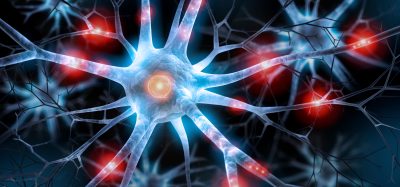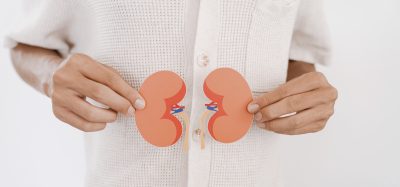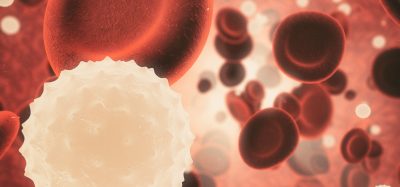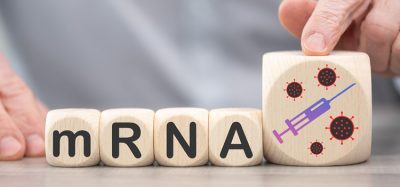Blood-vessel-on-a-chip provides insight into new anti-inflammatory drug candidate
Posted: 17 January 2018 | Dr Zara Kassam (Drug Target Review) | No comments yet
Researchers have discovered that synthetic APC-mimicking molecules provide anti-inflammatory and anti-thrombotic protection to endothelial cells without interfering with blood clotting…
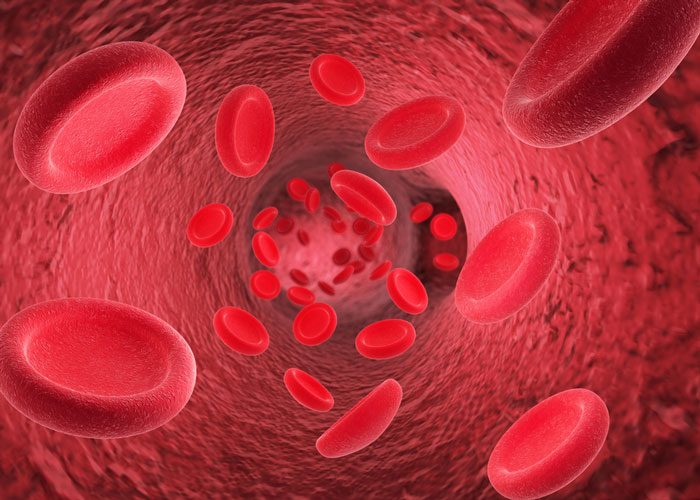

A collaborative team of researchers have discovered that synthetic activated protein C-mimicking (APC) small molecules called “parmodulins” provide anti-inflammatory and anti-thrombotic protection to endothelial cells on par with APC’s without interfering with blood clotting, making them attractive new drug candidates.
Parmodulins provide anti-inflammatory and anti-thrombotic protection to endothelial cells
“We essentially performed a mini pre-clinical trial of parmodulins’ effect on the endothelium, and not only determined the pathway through which parmodulins function, but also demonstrated that they help protect endothelial cells from inflammatory damage,” says Dr Abhishek Jain, who is now an Assistant Professor and director of the the Bioinspired Translational Microsystems lab at Texas A&M University.
AI-powered drug discovery: Accelerating the development of life-saving therapies
18 September 2025 | 14:00PM BST | FREE Webinar
Join this webinar to learn how AI is accelerating early-stage drug discovery and improving target identification, practical strategies for applying AI effectively within your organisation and to ask your questions to our industry expert! Dr Remco Jan Geukes Foppen will share practical insights into how AI is being applied across the pharmaceutical sector, helping teams move faster and make better-informed decisions. With experience spanning data management, image analysis, bioinformatics, and machine learning in clinical research, he brings both deep technical expertise and strategic understanding of real-world challenges.
Register Now – It’s Free!
The target protein on which both APC and parmodulins act is the transmembrane protein protease-activated receptor 1 (PAR1), which is present on both endothelial cells that line blood vessels and platelets that circulate through the blood and promote clotting, making mechanistic analysis difficult. PAR1 was originally identified as a receptor for thrombin, which is a crucial part of the inflammatory process. However, when PAR1 is activated by APC on endothelium, it triggers anti-inflammatory, anti-apoptotic, and barrier-fortifying pathways, all of which help protect cells from the negative effects of inflammation.
In addition to activating PAR1, APC also independently inhibits the generation of thrombin, which is an essential component of healthy blood clotting – but inhibiting thrombin too much leads to uncontrolled bleeding. Knowing that parmodulins bind to PAR1, the team of scientists and clinicians set out to find a way to activate endothelial PAR1 and reduce thrombic responses without thinning the blood, and thus provide a better alternative to APC.
To evaluate the activity of parmodulins on endothelium, Dr Karen De Ceunynck, a postdoctoral research fellow at BIDMC and first author of the paper, incubated human endothelial cells with parmodulin 2 in vitro for 4 hours and then exposed them to the thrombin-inducing inflammatory agents lipopolysaccharide (LPS) or tumour necrosis factor-α (TNF-α). In the parmodulin-exposed cells, both agents’ ability to generate thrombin was reduced by over 50% compared with non-parmodulin-exposed cells. However, parmodulin 2 did not inhibit the activity of factor V or factor X, proteins that function in blood coagulation. “We were intrigued by the notion that parmodulin 2 inhibited LPS- and TNF-mediated prothrombotic effects on the endothelial surface without impairing blood clotting” says Dr De Ceunynck.
To confirm this theory, the team used a Wyss-developed blood-vessel-on-a-chip consisting of microfluidic channels embedded in a clear polymer chip, coated with collagen, and lined by human endothelial cells. Whole blood was perfused through the chip to simulate the flow conditions within human blood vessels, to which were added different pro- and anti-inflammatory compounds to evaluate the response of the endothelium.
When the endothelial cells were exposed to TNF-α before being perfused with whole blood, platelets accumulated on the endothelium in a typical inflammatory response; if the cells were first exposed to parmodulin 2 and then TNF-α, platelet accumulation was inhibited and the endothelium resumed its normal function. These results indicated that parmodulin exposure blocks the thrombotic response of endothelium to inflammatory stimuli without affecting blood coagulation in humans – a significant improvement over APC.
A series of tests in vitro performed by co-first author Dr Christian Peters, at BIDMC, confirmed that parmodulin 2’s activation of PAR1 also induces cytoprotective responses in endothelial cells by inhibiting apoptosis (programmed cell death) induced by thrombin, TNF-α, and the apoptotic alkaloid staurosporine through a signaling pathway that begins with parmodulin 2’s binding to a specific site on the cytoplasmic side of PAR1. “We observed that the cytoprotective response induced by parmodulin 2 happened very quickly, and confirmed its rapid onset in time course and gene expression assays,” says Dr Peters.
Furthermore, in vivo studies in mice showed that parmodulin 2 reduces the binding of white blood cells to blood vessels and impairs platelet and fibrin accumulation at injury sites during the inflammatory response, confirming the anti-thrombotic and anti-coagulant activity of parmodulin 2 observed in vitro. Additionally, parmodulins do not interact with many of APC’s other binding partners, making it much more targeted to PAR1 and reducing other side effects.
“The discovery of an anti-inflammatory molecule that prevents endothelial thrombosis but also preserves normal blood coagulation is a major step toward an alternative and better approach to treating inflammatory disease,” says Dr Rob Flaumenhaft, Professor of Medicine at Harvard Medical School, Chief of the Division of Hemostasis and Thrombosis at BIDMC, and corresponding author of the paper. “Furthermore, nearly all other pharmaceuticals that target G-protein coupled receptors like PAR1 bind to the exterior of the receptor; parmodulin 2 represents a paradigm shift for compounds targeting GPCRs because it acts on internal domains. We are excited to see if we can advance it to clinical trials.”
“This work provides another example of how organ-on-a-chip technology can enable faster and safer development and evaluation of drugs that could help patients around the world,” says co-author and Wyss Institute Founding Director Dr Donald Ingber, who is also the Judah Folkman Professor of Vascular Biology at HMS and the Vascular Biology Program at Boston Children’s Hospital, as well as Professor of Bioengineering at Harvard’s John A. Paulson School of Engineering and Applied Sciences (SEAS).
The results are reported in the Proceedings of the National Academy of Sciences.
Related topics
Drug Development, Drug Discovery Processes, Drug Leads, In Vitro, Label-Free, Organ-on-a-Chip
Related organisations
Division of Hemostasis and Thrombosis at Beth Israel Deaconess Medical Center (BIDMC), Harvard Medical School, Wyss Institute
Related people
Dr Abhishek Jain, Dr Christian Peters, Dr Donald Ingber, Dr Karen De Ceunynck




